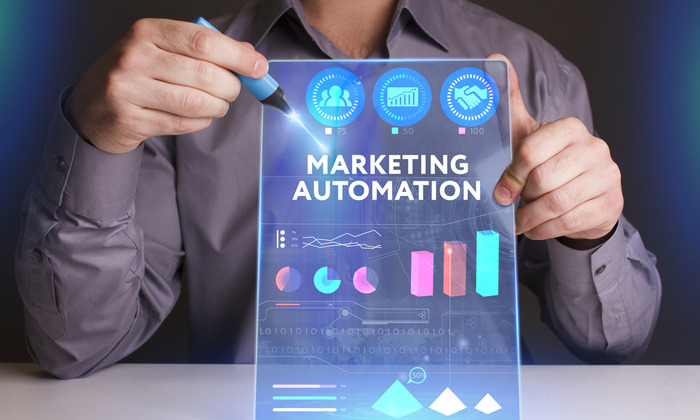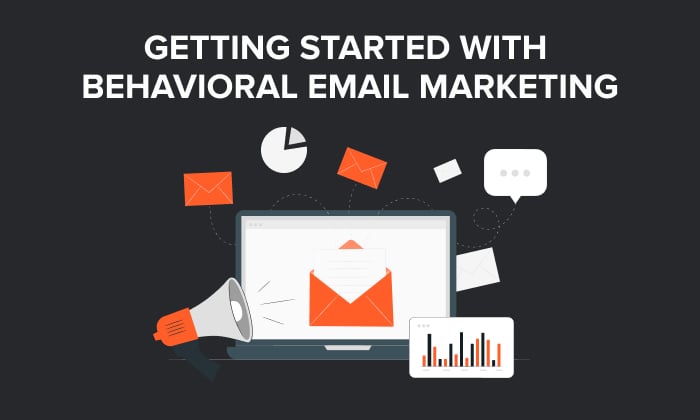Trigger Marketing: 7 Steps to Use It in Any Campaign + Examples

By elliemirman@gmail.com (Ellie Mirman)
Although you may have a desired path for your potential consumers to take when they interact with you online, the truth is you have no control over it.
Trigger marketing enables you to be at the ready, in whatever way your audience chooses to engage. In this article, we’ll cover all things trigger marketing, including its benefits, example, and the steps to leverage it.
- What is trigger marketing?
- The Benefits of Trigger Marketing
- How to Use Trigger Marketing
- Trigger Marketing Examples
When you hear about marketing automation, you often think of detailed diagram of emails sent to different segments, broken out by email engagement, drawing a line from lead to customer?
This has become the norm but there’s a flaw in this approach. It starts with the marketer’s timeline rather than the prospect’s.
The marketer sits down and defines what information the prospect will consume next, what actions the prospect will take next, and the path the prospect will take from becoming a lead to becoming a customer.
But if we’re honest with ourselves, we would admit that the world is not as straightforward as that.
Using the traditional stages of the funnel, from a lead to a customer, we often view things in a linear way. The leads download an ebook, then become an MQL once they start a trial, then an SQL when the sales person follows up with that prospect, an opportunity when they do a trial review call, and a customer when they purchase.
But what if they start a trial and then download an ebook? Or what if they get into a sales conversation after just downloading an ebook, never become a customer, and then go cold until they start a trial months later?
The reality is that you can’t control what your prospect does or in what order your prospect does it. What you can control, however, is how you react to your prospect’s behaviors.
This is where automation and trigger marketing becomes powerful.
The “triggering” event can be anything measurable by your CRM and automation software. Here are just a few examples:
- Form conversions
- Email opens (or lack thereof)
- Number of pages viewed
- Chatbot interactions
- Cart abandonment
Take this example below: On my birthday last year, wine brand McBride Sisters, one brand I’ve engaged with in the past, sent me birthday wishes along with a discount on their product.
In this case, the triggering event was my birthday – a piece of data they collected at some point.
As a result of the triggering event, you can automate tasks and actions with your marketing automation software, such as:
- Send them an email (or sequence of emails).
- Update their CRM record.
- Add them to a list.
- Assign them to a sales rep.
- Start an internal …read more
Source:: HubSpot Blog










